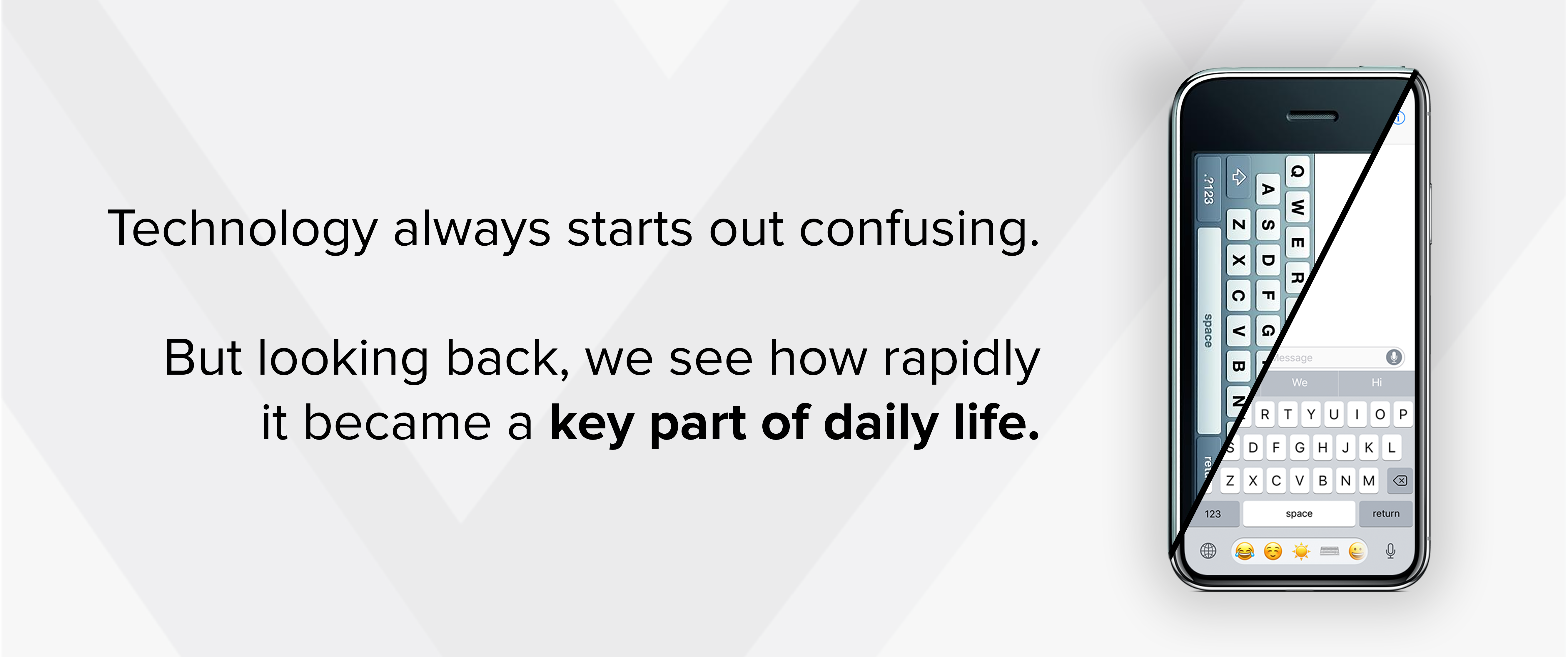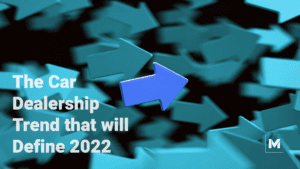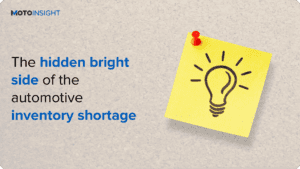It’s easy to tell people they should change. I know this because it’s something I do regularly. If you’ve ever watched one of my webinars or read one of my columns, you’ll know that I’m an enduring proponent of digitally driven change in the automotive arena. But as easy as it is to encourage change, enacting it is often much more complex.
I say this not because I want to deter anyone, but because I believe dealers need to be prepared and educated so that they can successfully navigate the changes we’re starting to witness. The automotive industry is undergoing a foundational shift from 20th century tactics to 21st century digital retailing processes, which means big challenges, but even bigger rewards.
The most important digital changes are never quick or simple. It took years before people realized how powerful the iPhone could be – RIM execs viewed mobile apps as a novelty for children, choosing not to add them to the BlackBerry platform because they didn’t believe serious businesspeople had any use for them. Even dealers resisted building websites, thinking them wholly unnecessary. And now, digital retailing is upon us.

This technology offers astute dealers the chance to be on the forefront of a new version of the automotive industry, including the increased benefits and profitability that this new digital model entails. But going digital isn’t as simple as flicking a switch or buying a computer. Here’s what you need to consider when deciding on and implementing new solutions at your dealership:
Find the right solution
Any worthwhile dealership solution will impact more than just the decision-maker. If you’re implementing a new kind of software or equipment, your staff will have to learn to love it. That can be difficult for even a great new tool – more on that in a minute – so you need to be on-board with the solution. Find a solution that you and your staff can get excited about, because you’ll need their buy-in.
Look for a product that’s more than one-dimensional. If you’re implementing a digital retailing platform, for example, find one that offers a breadth of functionality. As a general rule, the best solutions will always require some effort to install. A car lift that you can pick up in a van and install in 20 minutes is probably not a great idea; similarly, a digital retailing platform that simply adds a widget to your VDP isn’t going to accomplish much.
Identify the key benefits
Now that you’ve found a solution that you can get onboard with, you need to figure out how to sell it to your staff. Yes, you could just tell your team to “live with it,” but any new solution will be more effective if your team actually wants to use it.
At this point, you probably already know what this product offers you or the business at large, but your sales and service teams have a different set of concerns. What does this product offer them? Does it help your salespeople desk deals faster? Does it increase closing rates? Does it reduce the number of customer interactions per-sale? Get ready to explain this in terms that resonate with your team.
Build an implementation strategy
Before you rush into anything, figure out the logistics. If you’re upgrading your workshop, you’ll want the least disruptive plan possible – maybe you can get the upgrades done on an upcoming long weekend, or overnight. You’ll also want to give your staff advanced warning of any changes, and how it’s going to impact them.
For more complicated solutions, you may even need outside help. The best digital retailing platforms, for instance, offer complete implementation support including tailored strategies developed on a case-by-case basis by customer success teams. This can include website consultations, digital marketing strategy, and incremental training plans to get every aspect of your business up to speed.
Be completely transparent
Throughout this process, you’ll need to keep your staff informed. No one likes the feeling that something has just dropped on them out of the sky, so update your staff well in advance of any changes that impact them. An established digital retailing provider will have lots of great advice for exactly how to do this, so you’re not on your own.
Transparency works both ways. As you update your team on implementation progress and upcoming changes, listen for feedback and concerns. You may be able to assuage doubts and anxiety about the changes, or you might gain valuable insight that can help you hone your implementation approach further.
Prepare for success
Introducing your team and your customers to a new transactional method isn’t an overnight transition. Remember when the iPhone first came out, and no one knew quite how to make the most of it? People turned their phones sideways to type because they weren’t accustomed to a touch-screen keyboard.
Now, the iPhone is a powerhouse that gives us instantaneous access to information and tools that eclipse the utility of computers from just a decade ago. Take away our iPhones (or smartphones in general), and we wouldn’t know how to function. In a decade, we’ll say the same thing about digital retailing. That change starts today, and you can be on the leading edge.


Andrew Tai is the CEO and co-founder of Motoinsight, but his influence extends far beyond the company. A contributing columnist to The Globe and Mail and a prolific speaker, Andrew is a recognized authority on digital retailing within the automotive industry. Connect with him today to learn how your dealership is going to change, or see the future yourself at motoinsight.com.
Interested? Get the latest insights to stay ahead of the competition:



